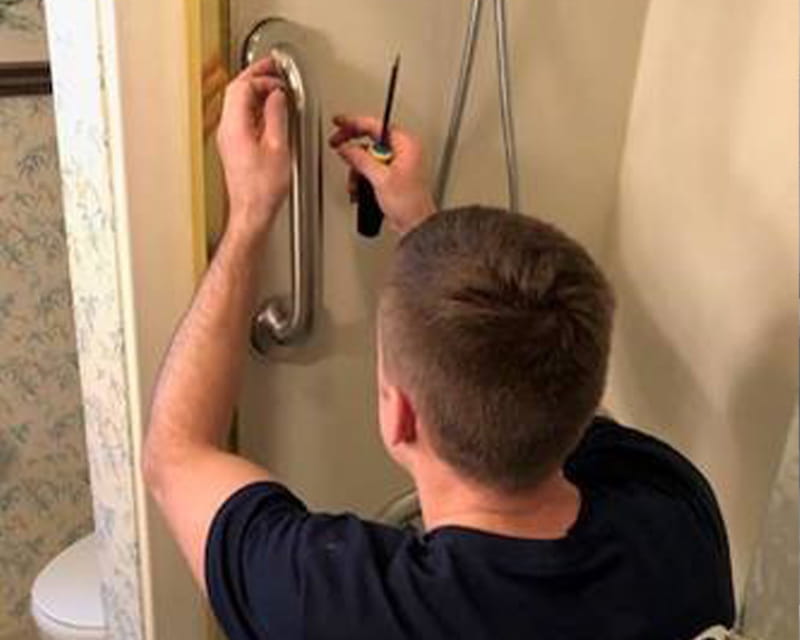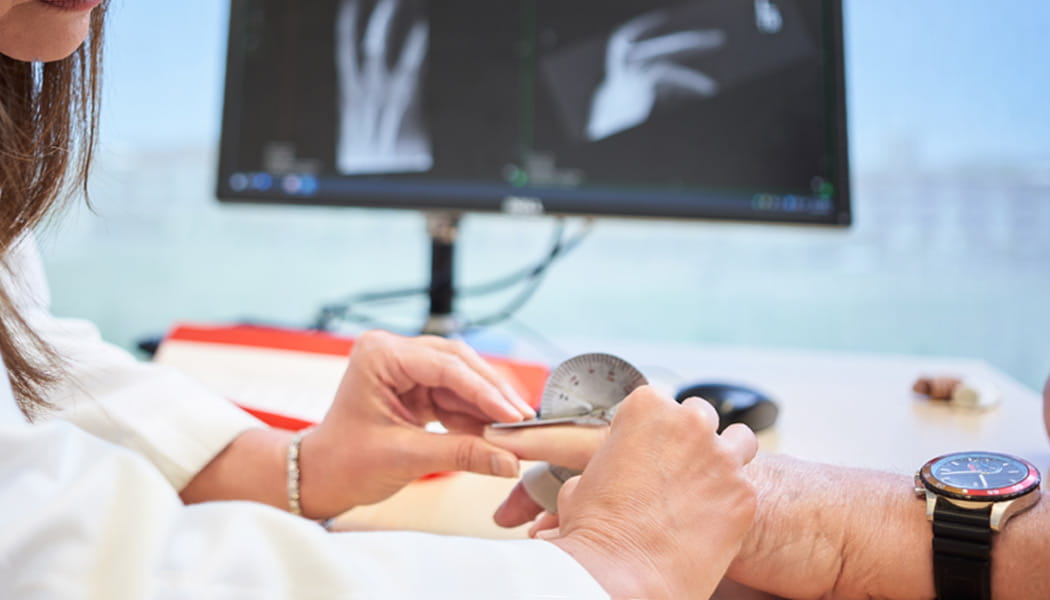
improving patient care

When Kanu Goyal, MD, first arrived at The Ohio State University Wexner Medical Center five years ago, he saw that there was not a standard procedure for distributing post-operative pain medication after orthopedic surgery. As the opioid epidemic continues to grow in the United States, and especially in Ohio, Dr. Goyal become more interested in finding better ways to calculate the right amount of pain medication for surgery patients.
As a result, Dr. Goyal and his team have developed and implemented a new opioid calculator in the hand division at Ohio State. The calculator, which has been in place for almost three years, has helped reduce opioid pill prescribing, usage and waste.
“I hope this helps providers recognize that we can be fairly detailed in a lot of aspects of patient care, including post-operative pain regimens,” Dr. Goyal says. “We can tailor how many pills to prescribe and reduce the total number of pills patients use, which can potentially reduce the chance of those pills becoming available for distribution into the community.”
Dr. Goyal’s research started with a group of 300 patients who underwent hand surgery at Ohio State. The study looked at patient characteristics as well as the type and length of operation.
“When we looked at the data, we found that we were all over the board when it came to prescribing pain medications — it varied so much from provider to provider, patient to patient and surgery to surgery,” Dr. Goyal says. “There wasn’t any rhyme or reason to it.”
After collecting data on the initial 300 patients, Dr. Goyal’s team analyzed the information to try to find patterns among the patients and their medication use. They found that younger patients tended to use more medication, as well as patients who had surgeries that lasted longer than an hour or involved deeper tissues.
From this data, the team created an opioid calculator that would help doctors determine how much pain medication to prescribe to a surgery patient. The calculator uses an equation that takes into account details of the surgery and the patient, as well as whether the patient can tolerate non-opioid pain medicine, such as acetaminophen (Tylenol) or Naproxen (Aleve).
Dr. Goyal notes that the team aimed to make the calculator “as provider-friendly as possible,” which includes making it available online for free. Providers can easily access it from a computer or bookmark the page on their mobile device.
After implementing the opioid calculator in the hand division, Dr. Goyal and his team collected prescribing data on another 200 surgery patients. With the calculator in place, they were able to lower opioid pill prescribing, usage and wasting all by 60%.
“We became very aware of how we’re prescribing pain medications and started educating more residents and fellows,” Dr. Goyal says. “One of the biggest changes the calculator has made is that we’re all more educated and therefore, much more careful on how we prescribe medicine.”
Doctors using the calculator have also had more discussions with patients about using pain medicine after surgery and other ways to alleviate post-operative pain, such as ice and elevation.
With the calculator’s success in the hand division, Dr. Goyal says Ohio State has recently developed another calculator for hip surgery, which is based on data collected from patients in that division. The team has also started opioid medicine research in the sports, joint and trauma divisions, which will help each group develop its own opioid calculator based on different patient and surgery factors.
Outside of orthopedics, Dr. Goyal is also working with the Department of Plastic and Reconstructive Surgery on developing a similar calculator.
“This project has been a huge team effort with so many players involved, including residents and medical students across the orthopedics program,” says Dr. Goyal. “Having the entire orthopedics department on board has been a huge reason why we’ve achieved success with this calculator.”